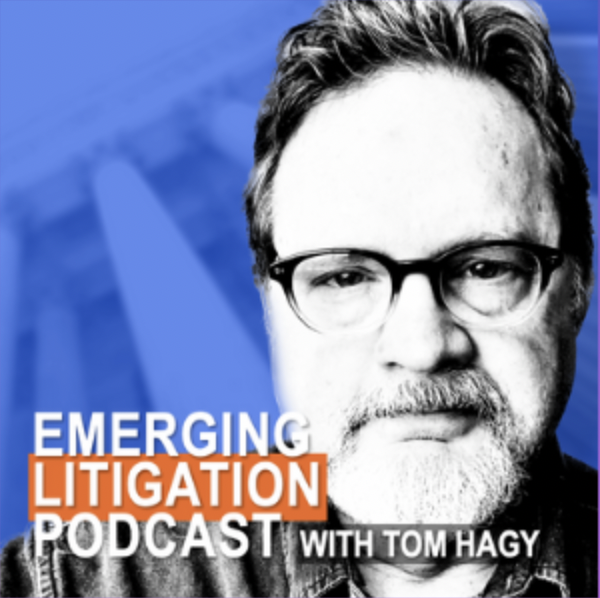AI tools may be the cause of the explosion in nuclear verdicts— and also the solution
By: Justin Ward
The rise of nuclear verdicts is being fueled by AI-driven case selection and strategy optimization—giving plaintiff attorneys a powerful edge while forcing insurers and defense teams to rethink their approach.
The popularization of artificial intelligence in the legal industry is a significant source of growth in unexpectedly large payouts known as “nuclear verdicts,” with plaintiff attorneys using software modeling to select cases and optimize their strategies. At the same time, insurance companies and corporate lawyers are also now turning to the same technology to mitigate risks and minimize losses.
According to a report by Allianz Commercial, the number of nuclear verdicts over $10 million has tripled since 2020 and the thermonuclear verdicts over $100 million grew by more than 30 percent over the previous year. Allianz attributes this to several causes, including the normalization of massive verdicts and the adoption of “psychological tactics” like “anchoring” unjustifiably high damage amounts in juries’ minds.
Another notable factor driving the rise in nuclear verdicts is the emergence and adoption of artificial intelligence by plaintiff attorneys in the past two years. Since the debut of ChatGPT in 2022, there has been an arms race in artificial intelligence and machine learning, as companies search for novel practical uses for the technology. Many law firms are already dipping their toes into artificial intelligence, using it to automate menial tasks and reduce non-attorney headcounts, but Thomson Reuters predicts “wide-scale business model changes” in the next decade.
We’re seeing a preview of what that transformation might look like in the proliferation of nuclear verdicts. In addition to using artificial intelligence and machine learning to streamline critical work like document review, law firms are adopting AI-based predictive analytics to decide which cases to take and whether to settle or go to court.
Writing for the American Bar Association, lawyers Ashley Hallene and Jeffrey Allen explained how this works. By leveraging big data assets, law firms can identify cases with the most potential for damages and find the most sympathetic jurisdiction. They noted that lawyers could use a high-powered predictive model to analyze the histories of judges and opposing lawyers dealing with similar cases and provide a probability that specific approaches might succeed.
“Algorithms can be applied to detect patterns in the data, such as how certain judges rule on specific types of cases or which arguments have historically succeeded in certain courts. Through this analysis, AI tools can predict the likely outcome of a case, considering factors like jurisdiction, judge behavior, precedent, and case specifics.
Lawyers on the other side are also using AI to insulate clients against nuclear verdicts. A new platform called NaVeL, short for “nuclear verdict exposure likelihood,” analyzes insurance or government claims data and flags cases with a high chance of going nuclear. The idea is that insurers can detect problem cases earlier and start preparing strategies to prevent the worst-case scenario.
The co-creators are Bob Tyson, a lawyer at a firm specializing in defending against nuclear verdicts, and his sister Denise, an insurance executive.
“Nuclear verdicts are happening to the most experienced and to the best defense lawyers in America, which is very concerning. What that means is that the old ways aren’t working,” Bob Tyson said.


